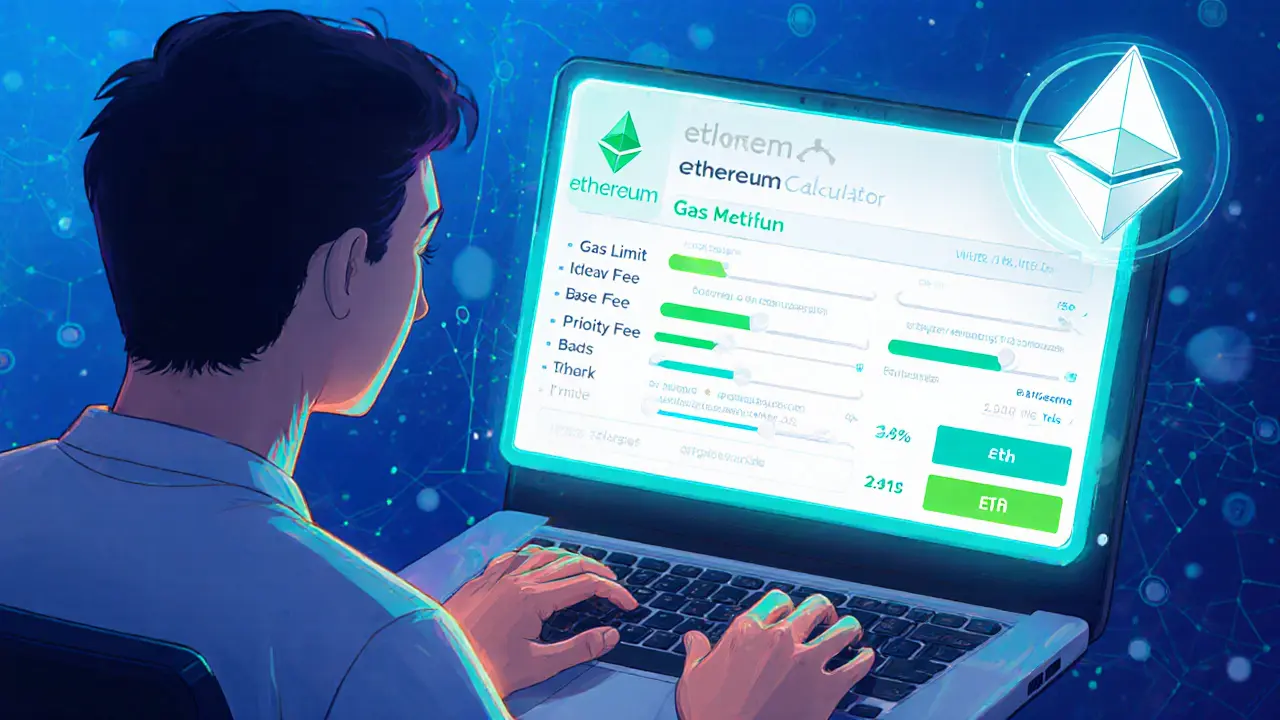When working with Ethereum gas fees, the cost you pay to get a transaction processed on the Ethereum blockchain. Also known as gas costs, they fluctuate based on network demand, transaction complexity, and the fee‑market mechanism introduced by EIP‑1559. Understanding these fees is key if you trade tokens, run smart contracts, or just send ETH to a friend.
One EIP‑1559, a protocol upgrade that changed how fees are calculated and introduced a base fee that burns automatically. This upgrade aims to make fees more predictable, but the base fee can still spike when the network is busy. To navigate that volatility, many users rely on gas price estimation tools, services that predict the optimal fee to get a transaction confirmed quickly without overpaying. These tools pull real‑time data from the mempool, apply machine‑learning models, and suggest a fee range that balances speed and cost.
Another way to tame layer‑2 scaling, off‑chain protocols that batch transactions and settle them on Ethereum is by moving most activity away from the main chain. Solutions like Optimism, Arbitrum, and zk‑Rollups can cut gas fees by 90% or more, while still inheriting Ethereum’s security. Because they settle periodically, they also smooth out fee spikes caused by sudden demand. However, moving to a layer‑2 requires bridging assets and learning a slightly different user interface, so the trade‑off is between lower fees and a bit more complexity.
In practice, managing gas fees means keeping an eye on three things: the current base fee from EIP‑1559, the recommended tip from estimation tools, and whether a layer‑2 option exists for your transaction type. If you’re swapping tokens on a DEX, you’ll often see a “use Optimism” button that automatically routes you to a cheaper environment. If you’re minting NFTs, you might wait for off‑peak hours when the base fee drops. By combining real‑time fee data with the right scaling solution, you can keep costs under control without sacrificing speed.
Below you’ll find a curated collection of articles that dive deeper into each of these topics – from detailed reviews of fee‑estimation APIs to step‑by‑step guides on using popular layer‑2 networks. Explore the insights, tools, and strategies to master Ethereum gas fees and make smarter transactions today.

A 2025 deep dive comparing Ethereum gas fees to other blockchain costs, covering fee formulas, Layer2 impact, practical savings tips, and future outlook.